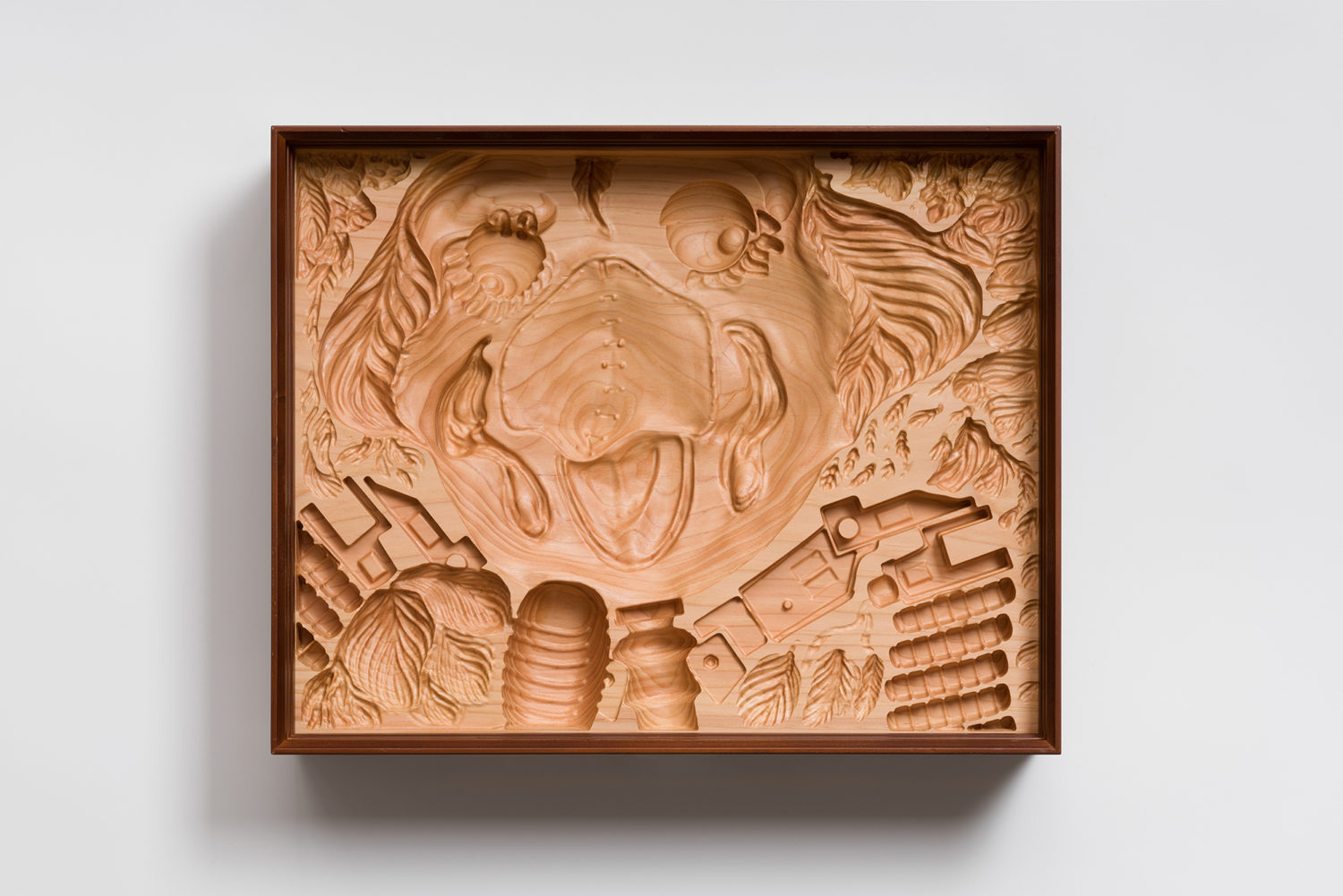What is it art can bring to public spaces and the built environment?
Stenka: Art can help create extraordinary places, physically as well as mentally and emotionally. Art has the potential to disrupt, generate relevance, raise questions and offer perspectives on our life and the activities we engage in in public settings – together and on our own. In this way, art can add an extra layer to the landscape or to urban spaces and buildings.
As I see it, a good public art project is one that touches me and, perhaps, challenges my ideas about the world. A good public art project points to essential aspects of what it means to be a human being on this planet and helps drive conversations and debate about current and historical topics from an aesthetic, conceptual or activistic perspective. And, of course, public art is interesting when it defies our expectations of the placement of art in the public space, because that enables it to challenge us in unexpected places and ways. It may do so, for example, by challenging the notion of permanence and temporariness, by not necessarily ‘looking like’ public art and, generally, in innovative and perhaps roundabout ways, by creating unusual and authentic places that are valuable to the place and its users.
Facts
FORUM for art, architecture, landscape and urban development is an initiative developed by art historian Stenka Hellfach, Somewhere, and architect and journalist Tyra Dokkedahl (MAA), Seriously Fun. The work together in several projects, advising clients and municipalities on the development and realization of art projects in buildings, cities and landscapes.
FORUM was manifested as three events in fall 2021. The intention was to uncover the need for and the interest in a cross-disciplinary network to help enhance clients’ and municipalities’ engagement with art in the built environment and the need to launch initiatives to improve cross-disciplinary projects. The three events were held in cooperation with Billedkunstnernes Forbund (Danish Visual Artists) and the Danish Association of Architects and is supported by the Danish Arts Foundation’s Committee for Visual Arts Project Funding and The Dreyer Foundation.
Tyra: I am really interested in the way places take on meaning to individual and group identity in different ways. For example in the feelings we have about living in a particular place and our sense of belonging, how places can become part of our self-concept and the capacity of places to anchor us in the world.
Often, this happens through immaterial layers that become superimposed on the built environment. Typically, this takes the form of personal memories, stories or actions associated with certain places, such as our childhood home, but our common cultural heritage and history or aesthetics and art can also make a place stand out. For example, the architect Knud V. Engelhardt’s street signs with the little red heart as the dot above the ‘j’ let you know that you are in Gentofte, while the ‘Irma hen’, an advertising sign, has become a Copenhagen landmark.
Sometimes, manifestations on a larger scale impact our self-concept and our perception of a city’s identity. In Copenhagen, Palads Teatret (Palace Theatre) has become an urban icon thanks to its colour design, created by the visual artist Poul Gernes, and all over the country, there are people who consider the building worthy of preservation. Personally, I feel that I would lose a little part of myself if Palads disappeared.
In the development of new places, art is interesting because it lets us question what we normally do and enables us to create new ideas of and emotional relationships with a place as well as with an agenda or a problem. Both in a concrete and material sense – via sensuous and tactile qualities – and in an immaterial sense, in the form of narratives and scenarios. That is a really exciting phenomenon.
Can you mention examples of art projects that create an added layer of meaning in the public space?
Stenka: Fortunately, there are many good examples, and what defines the quality of a public art project also depends on the context. I would point to two exceptional and very different examples. One is a brand new example, from 2021: Silent Parties for the District Court in Aarhus, Denmark by the Danish-British artist duo benandsebastian. It is a permanent art project that takes a narrative approach to the history, architecture and identity of the building.
The other is a slightly earlier project, based in Norway: Future Library from 2014 by the Scottish artist Katie Paterson. The latter is a time-based project that addresses the narrative aspect in relation to a broader site-related and urban development project.
Benandsebastian’s Silent Parties is based on eight historical court cases where animals and robots were involved in legal disputes, that is, court cases in which they themselves did not participate; hence the title. In a time when we debate the position of human beings in relation to animals and other species, this project is interesting because it revolves around what we define as human and what significance non-human entities, such as animals and robots, have and used to have.

The art project consists of 54 negative woodcuts and 8 text panels in which the court cases are outlined and put into perspective by experts. The brief was to create a connection between the building’s architecture, design and history as a former state and university library and business archive, on the one hand, and its new function as a court building with new users and professions, on the other. In the project, benandsebastian give a voice to non-human entities in a building that deals with family law, among other topics, on a daily basis. Just as the child has no actual voice in legal cases concerning domestic relations, the artists developed a sophisticated way to add perspective and a sensory aspect to the issues and legislative acts that are in focus in the court. The negative reliefs suggest a kind of imprint and, thus, a presence.
Tyra: Silent Parties is installed in Hack Kampmann’s now listed building, nicknamed ‘The Jewellery Box’, which the Danish Building and Property Agency was going to renovate on behalf of the Domstolsstyrelsen (the authority responsible for the management and development of the courts of Denmark, ed.). When we (Tyra was Head of Art Commissions and Acquisitions in the Danish Building and Property Agency until 2019, ed.) was about to launch an art project it was important for the Court of Aarhus to ensure that the local citizens felt they would still be able to use the building.
With the transformation from library to court building, the bookcases, which are a key element of the room, would lose their original purpose. So we thought they might be used for an art project. Benandsebastian manifested that idea in a convincing – and surprising and humorous – way that gives the people of Aarhus one more reason to visit the building.
Stenka: In addition to the exceptional craftsmanship in the art project, it also contains text panels based on conversations the artists had with a number of experts, including a robot philosopher, an expert on legal issues in space, a professor of medical anthropology and a museum curator, among others. The artists are also developing a techno performance with readings of the texts. The performance is developed in collaboration with the techno producer STERNUM and aims to activate the historical and narrative space to an audience over the course of 2022. The texts will also form the basis of a print publication. This takes the project beyond a purely decorative function, and in many ways, Silent Parties could be described as a reinterpretation of the Gesamtkunstwerk or total work of art that ‘The Jewellery Box’ also is.
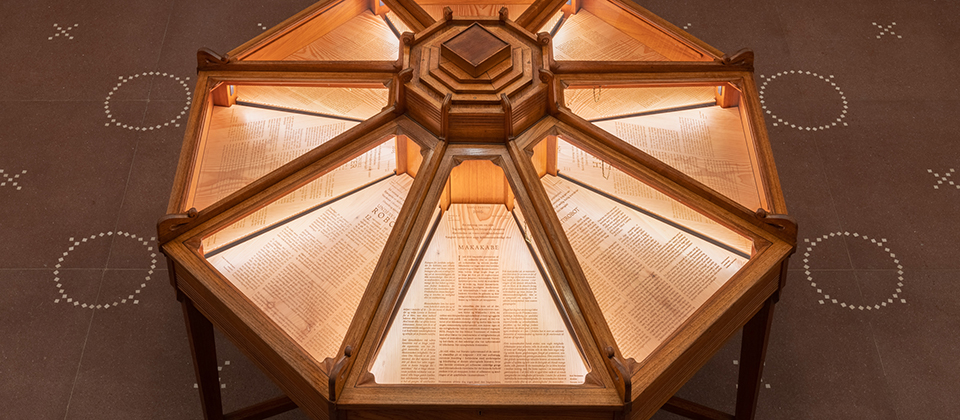
Stenka: The other example is the time-based art project Future Library by the Scottish artist Katie Paterson. The project takes place in Oslo, Norway. It is one of my favourite projects, and I wish I had developed it myself. Future Librarycombines art, literature and nature and has a completely different character in terms of time, materials and scale than benandsebastian’s Silent Parties.
This project consists of a wood that grows for 100 years (from 2014 to 2114) and a continuous programme in which an author is selected each year to write a manuscript that is handed over in the growing wood. The 100 manuscripts will remain unread until 100 years from now, at which time they will be published as an anthology printed on paper made from the wood. In the meantime, the expanding collection of manuscripts can be viewed in a beautiful, specially designed room in the New Deichmanske Library (in Oslo, ed.). Here, the manuscripts – eight, so far – are stored in narrow, illuminated spaces in the organically shaped room.
Future Library pushes the boundaries of public art today and of how art can help introduce a long-term perspective in the development of places and urban environments. A place is never static and immutable; on the contrary. This innovative project challenges the notion of temporariness and permanence and also exists in several places at once: in the wood, in the library and mentally – as imagination, hope and a memento mori. It is always in process, in a literary and artistic sense and as nature and history. It is a piece of science fiction that points into the future, while at the same time, as a growing archive of literary texts, it is becoming an image of the past.
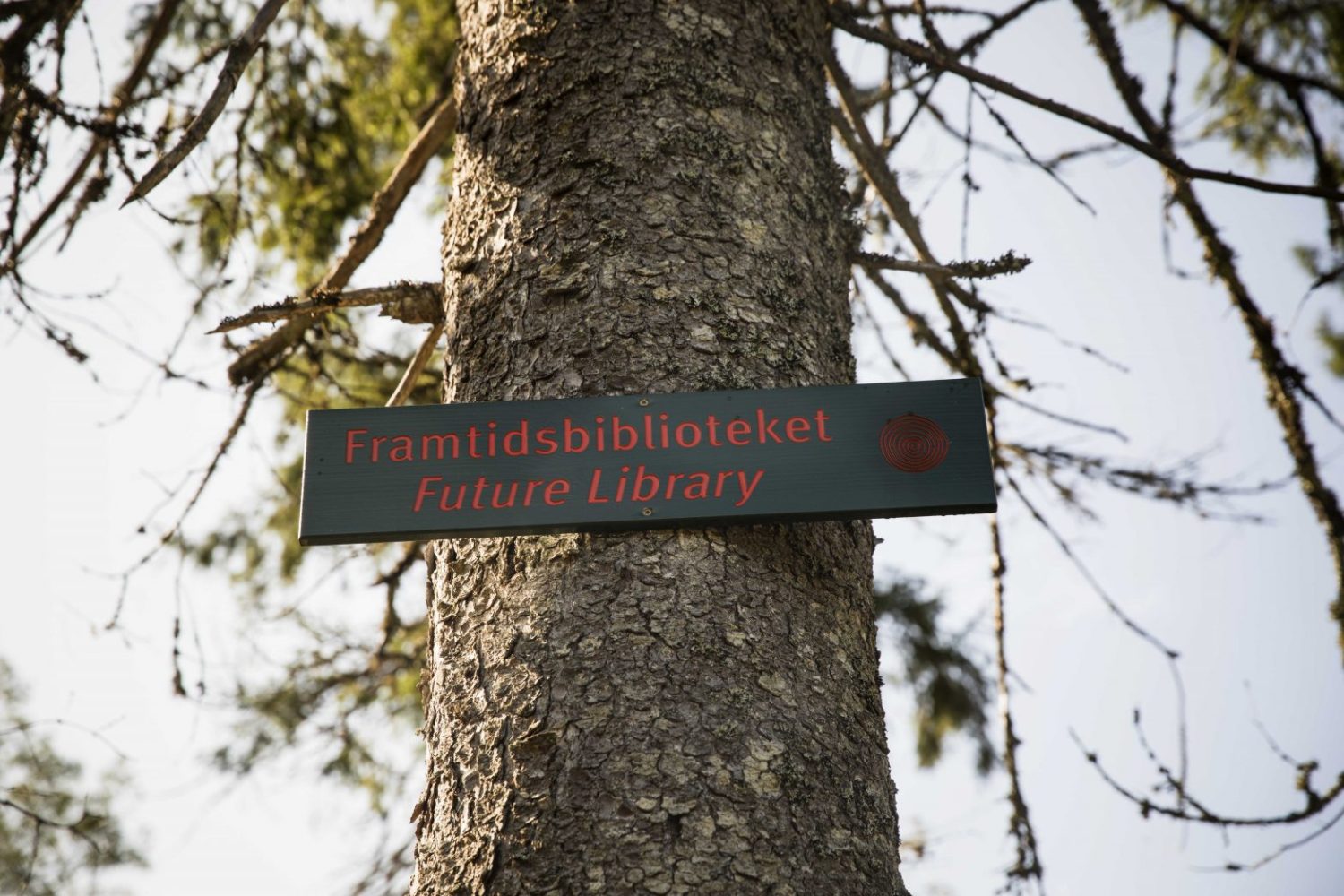
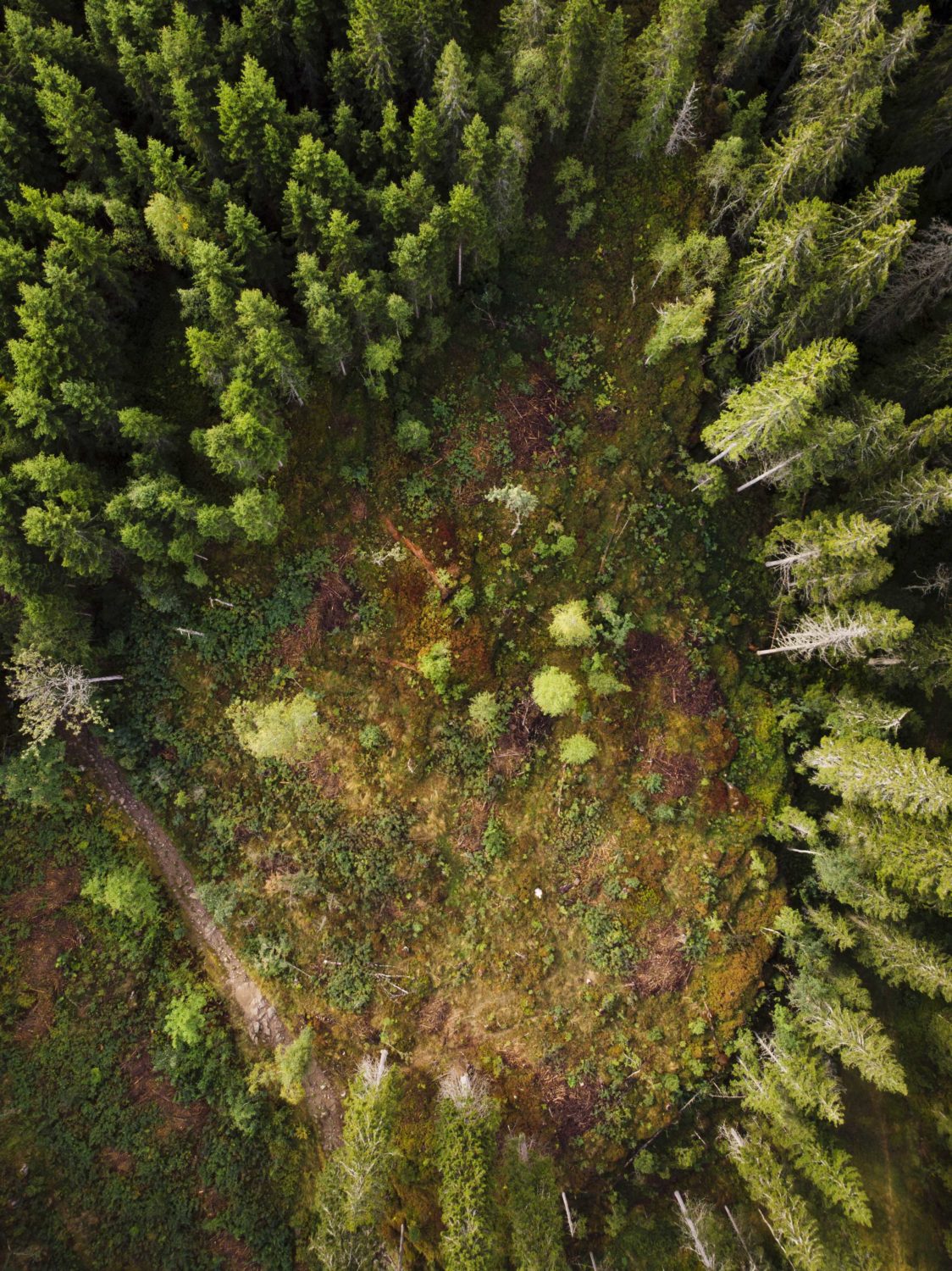
Tyra: Future Library is one of the art projects that really changed my understanding of what art can do in the built environment. The notion of creating an almost entirely immaterial project that exists primarily in our imagination and in conversations about the time we live in and the coming time is intensely fascinating. In addition, the art project also takes on permanence and a physical presence as a room in the library and a wood you can visit.
Another project I find really interesting is Interspecies Living, which is an overarching agenda for the artist group SUPERFLEX. Like Future Library, Interspecies Living has a narrative and speculative character, but while Future Library is tied to a place, Interspecies Living confronts the global issue of rising sea levels and the disappearance of fish habitats in a variety of art projects in public spaces, art institutions and galleries.
The project is also tied into a concrete reality. The artists invite everyone to take action and help develop common solutions for making sure there will be fish in the ocean in the future. For example, SUPERFLEX is developing a project in the social housing development Taastrupgaard, where Stenka and I curate a number of art projects aiming to involve the residents in urban development. In this initiative, the artists and a tenants’ group work together to find ways to turn concrete housing blocks that are being demolished into a resource in developing a habitat for fish. This gives rise to a new narrative that inspires and engages the residents in a housing development that is otherwise largely shaped by outside agendas.
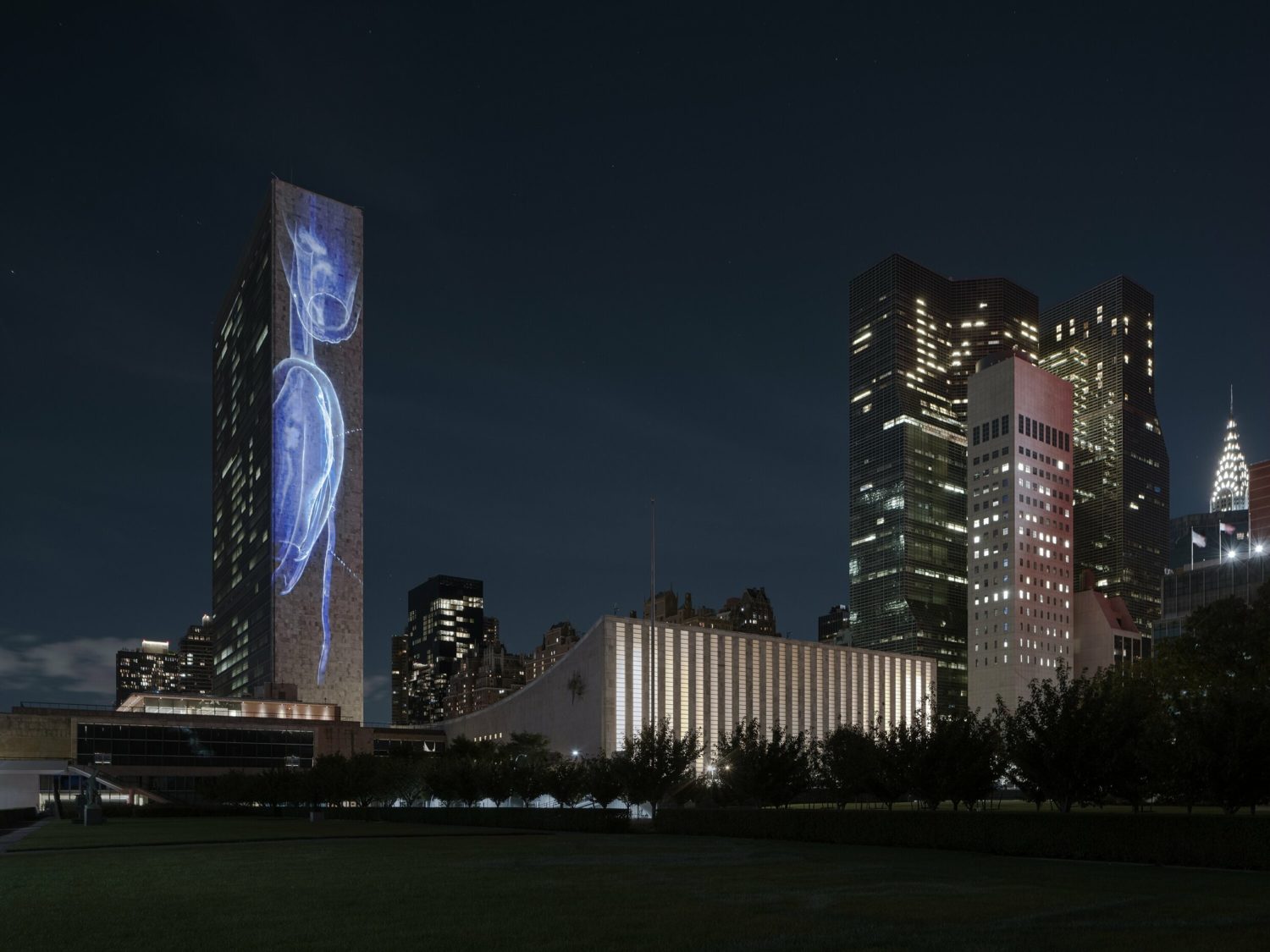
Stenka: The art project Vertical Migration, which is part of Interspecies Living, also offers a sensuous representation of recent research suggesting that the sea may be the solution to the future climate and biodiversity crisis: by utilizing specific types of plankton, we can use the sea to store much of the CO2 that is emitted through human activities. Thus, in addition to increasing our awareness of the state of the world at a palpable level, art may also serve as a call to action. I would like to see more art projects in urban and landscape spaces that similarly drive relevance and which can be promoted by public and professional events, so that they go on to have a life after they are installed.
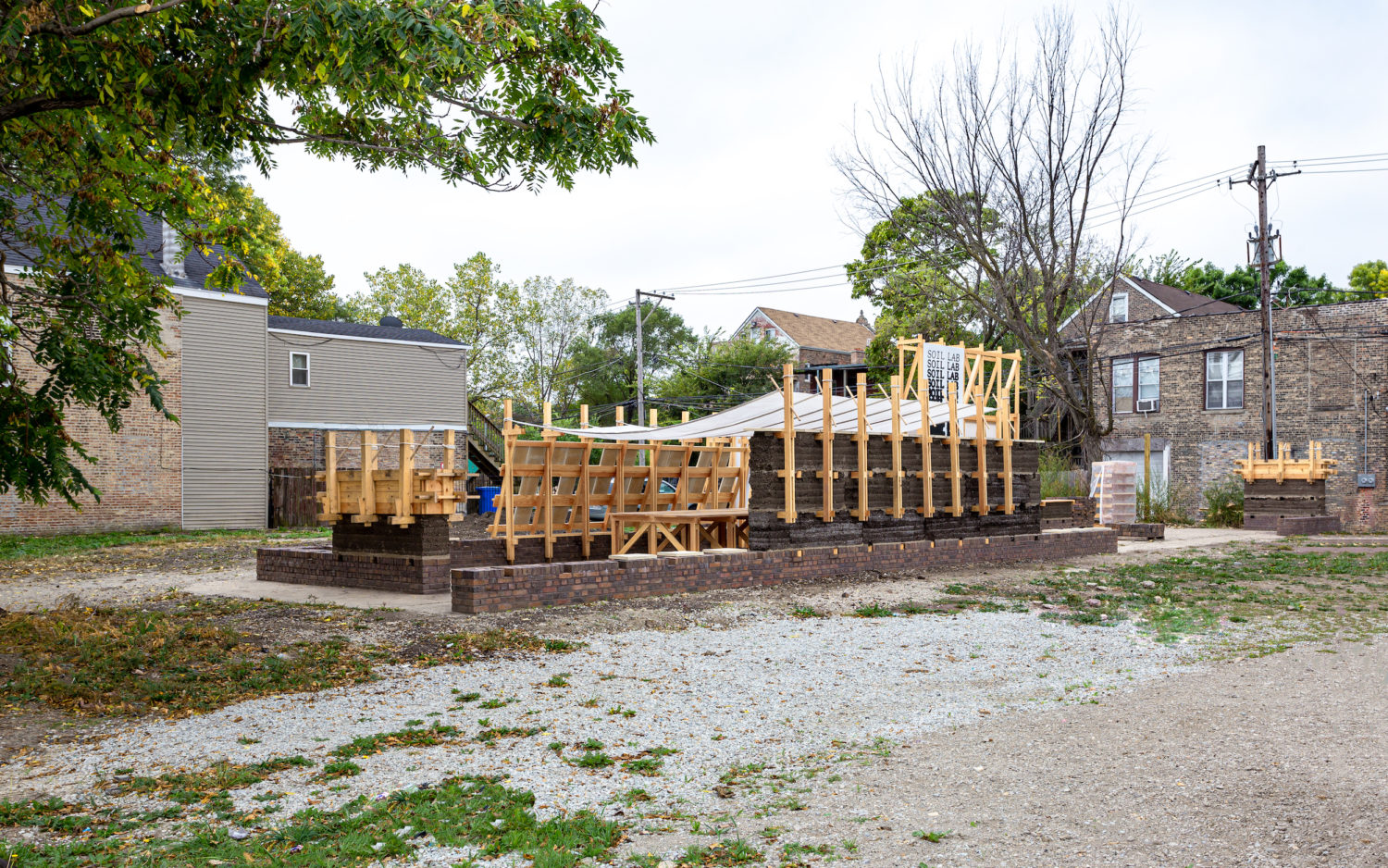
Does it make sense to distinguish between crafts, design and art?
Stenka: Yes, because makers, designers and visual artists come from different educational backgrounds. However, the perspectives are not mutually exclusive, and of course, the boundaries are vague. Many makers, designers and visual artists use cross-disciplinary approaches, not just in their own practice but also in collaborations with other artistic and scientific fields.
Tyra: I think the key is what art can contribute in the context – that it adds an extra layer of meaning and elevates the specific place, space or context above the mundane. Art can be anything from a keyhole or a floor to a situation or a narrative … So whether the project is created by a visual artist, a ceramicist, an architect or a lighting designer is less important to me; the main requirement is that he or she has an artistic practice. There has to be an artistic ambition that challenges us as human beings, has a mission in the context and shifts the boundaries of a given field.
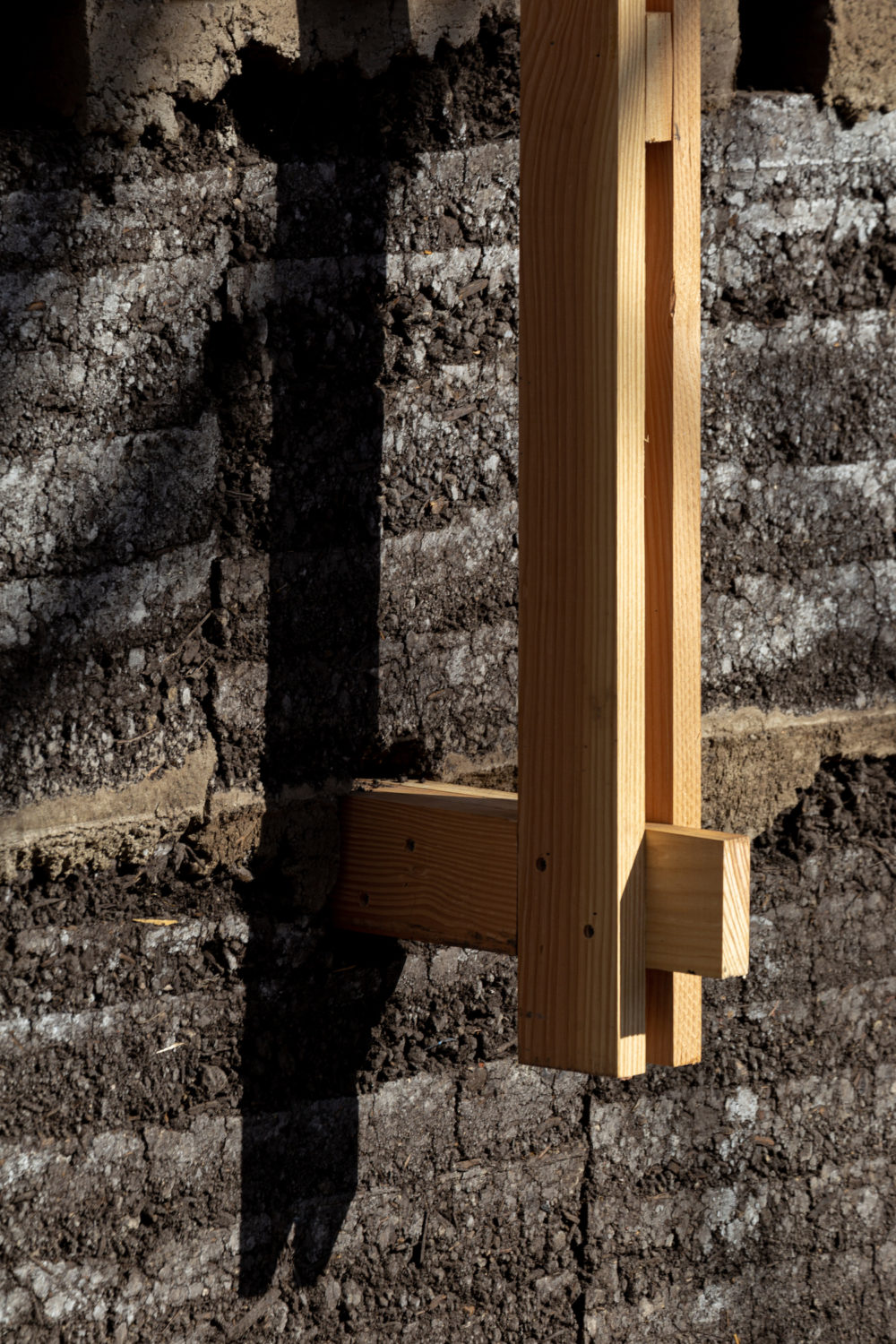
How can artists, makers and designers work together to promote a wider use of art in urban and landscape development?
Tyra: We need to underscore the importance of quality in the built environment and the importance of art to people. It’s so strange to see so much uninspired architecture being built these years, at a time when huge amounts are being invested in construction. This tells me that it’s not about money; it’s just that art and architectural quality are not regarded as necessary. Here, architects, designers, visual artists and makers, and probably other fields too, have a shared interest in promoting that agenda: highlighting what art gives us, as human beings, in the intellectual and physical spaces we move in and the impacts it has on our quality of life.
Fundamentally, we need architecture that responds to the challenges we face. We need to rethink how we inhabit this planet, and art has a role to play in this reassessment. Through art, we can connect with nature, building a relationship that makes us want to protect it. In this, we need contributions from everyone who has a critical mindset, a good imagination and the ability to realize ideas. This is a common agenda I think the different practices and disciplines should rally round, if we wish to promote the recognition of artistic disciplines and their place in the value chain.
How can makers and designers join this effort?
Tyra: For consultants such as Stenka and myself, who have backgrounds in visual art and architecture, it would be helpful if there was a place where we can see which makers and designers have an artistic dimension to their practice.
Another helpful initiative would be for the Danish Arts Foundation to include advisors with specialist knowledge about crafts and design in the art consultancy services they offer in connection with state-run building projects. The service is handled by the Foundation’s Committee for Visual Arts, but the decorative commissions are not reserved for visual artists.
It might also be interesting to develop a portal for art commissions in public spaces and buildings, cities and landscapes – a platform where clients could post commissions that practicing artists could submit bids for. That would also make the commissions more accessible to practitioners across educational backgrounds. Perhaps as in Sweden, where commissions are announced in a decentralized system, or as in Norway, where KORO (the national body responsible for curating, producing and activating art in public space, ed.) has a commission portal.
Stenka: There is also potential in cross-disciplinary projects, where the different fields can inspire each other. The new design and architecture team Soil Lab is an interesting example. The team consists of a designer and three architects, who jointly won the competition for representing Denmark at the Chicago Architecture Biennial in 2021.
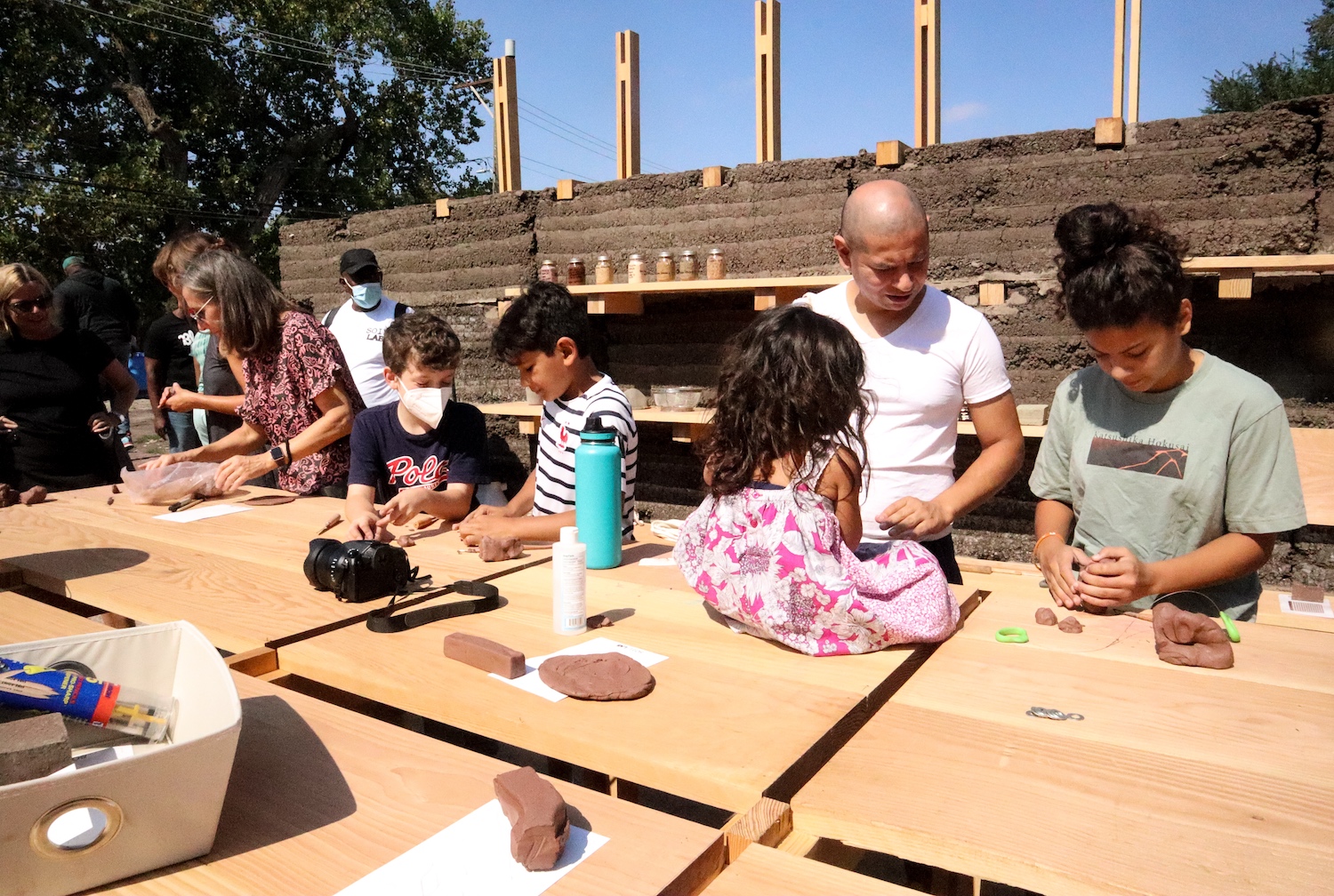
I would like to see more of these types of self-initiated cross-disciplinary partnerships; not necessarily permanent ones but project-based, since the cross-disciplinary approach as a method holds huge potential. That is also one of our goals for FORUM. Cross-disciplinary approaches are not just fruitful in collaborations with fellow artists but also with actors from other fields.
This is demonstrated in the current exhibition The World Is In You at Charlottenborg, where Medical Museion has moved in with an exhibition based on cross-fertilization between contemporary art, science and history. The main point of the exhibition is that the future challenges we face are so complex that we cannot solve them individually but only in an encounter of different disciplines.
What role do you see for yourselves in relation to art in the public space?
Tyra: With FORUM, we have taken an active step, because we are interested in developing and enhancing the use of art in the built environment as a professional field. We believe there is potential to create more original, agenda-setting projects than we are seeing today.
Right now, the future of FORUM is open, but we know there is an appetite for more inspiration meetings, networking across disciplines and collaboration on political issues. We also aim to launch initiatives involving practicing artists, public institutions and organizations and to develop art projects that challenge boundaries and point to new possibilities for developing the built environment.
Tyra Dokkedahl (MAA), architect and journalist, is the owner of Seriously Fun (founded in 2020), a consultancy service on art and communication in buildings, cities and landscapes. Seriously Fun aims to create places with a strong identity and to provide rewarding experiences as part of everyday life. As head of Art Commissions and Acquisitions in the Danish Building and Property Agency (2013–2019), she was responsible for more than 50 art projects and developed a new arts practice. She has previously worked for KØS – museum of art in public spaces, MAP Architects and CRAB Studio.
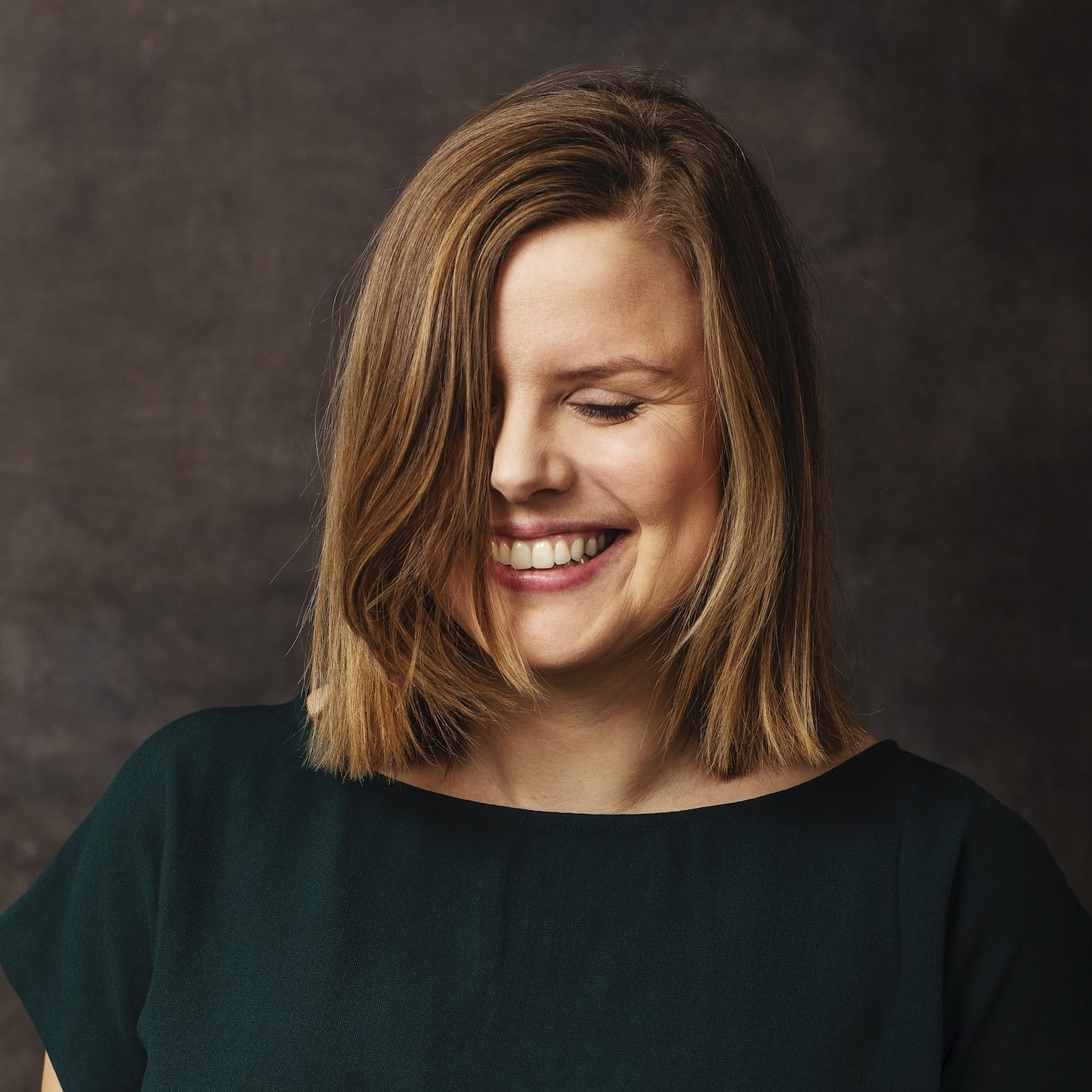
Stenka Hellfach, MA in art history from Aarhus University, owner, curator and consultant of Somewhere, which specializes in art in architecture, urban spaces and landscapes. Somewhere offers strategic and artistic consultancy, curation of extraordinary art projects and development of communication projects that contribute to the debate about what public art can be today. She has previously worked at KØS – museum of art in public spaces, the Danish Arts Foundation, ARKEN Museum of Modern art and Kunsthal Charlottenborg.
Stenka Hellfach and Tyra Dokkedahl have worked together since 2019. Their clients include the social housing development AKB Taastrupgaard, the Technical University of Denmark
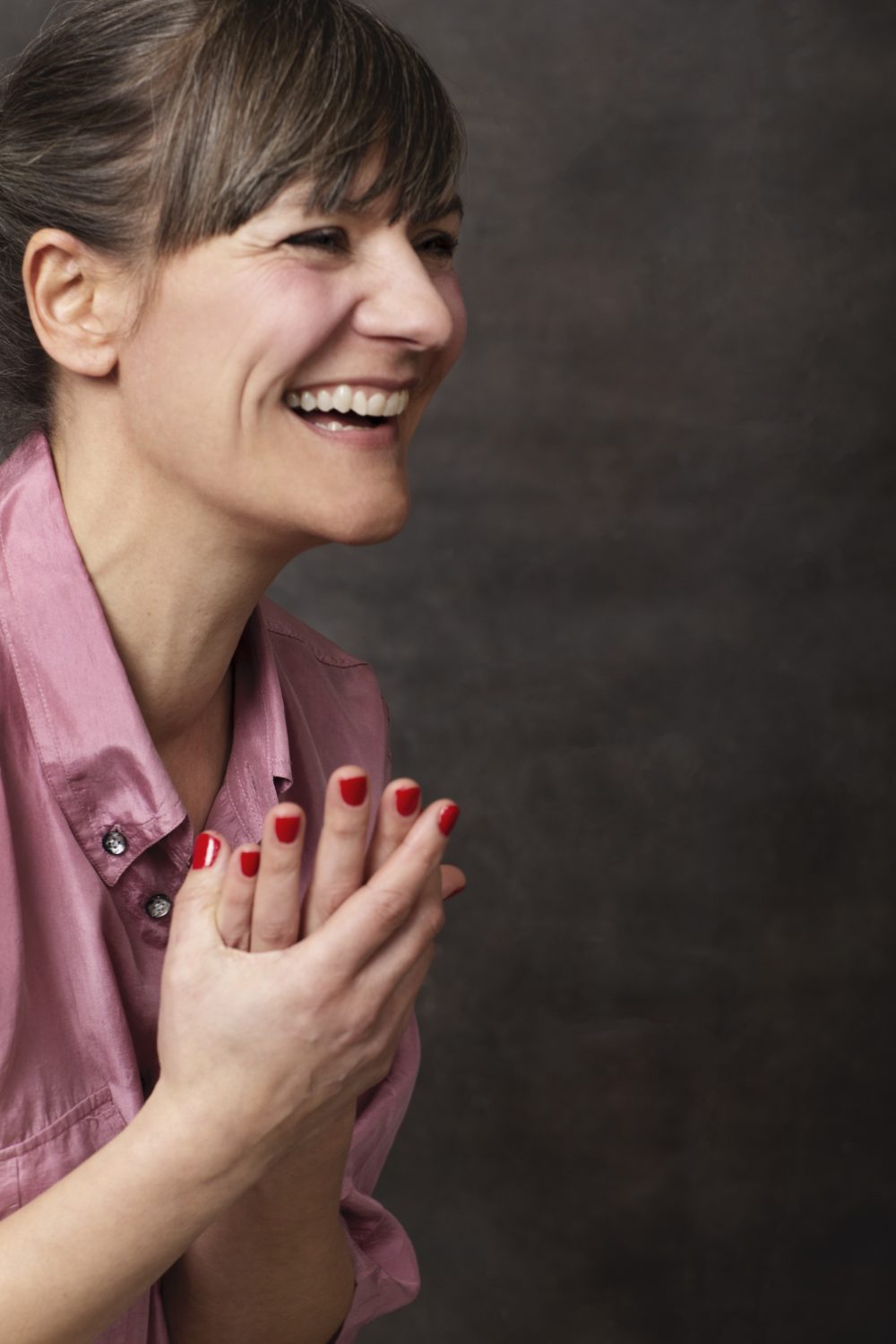
Theme: Crafts and design in the public
Formkraft highlights the atmosphere that material culture, technology and aesthetics can add to the public space. And why it is more relevant than ever to include craft makers and designers when state-owned buildings are renovated, when municipalities develop decorative projects and when private actors seek to imbue the modern city with soul and sensuous qualities.
Read more

